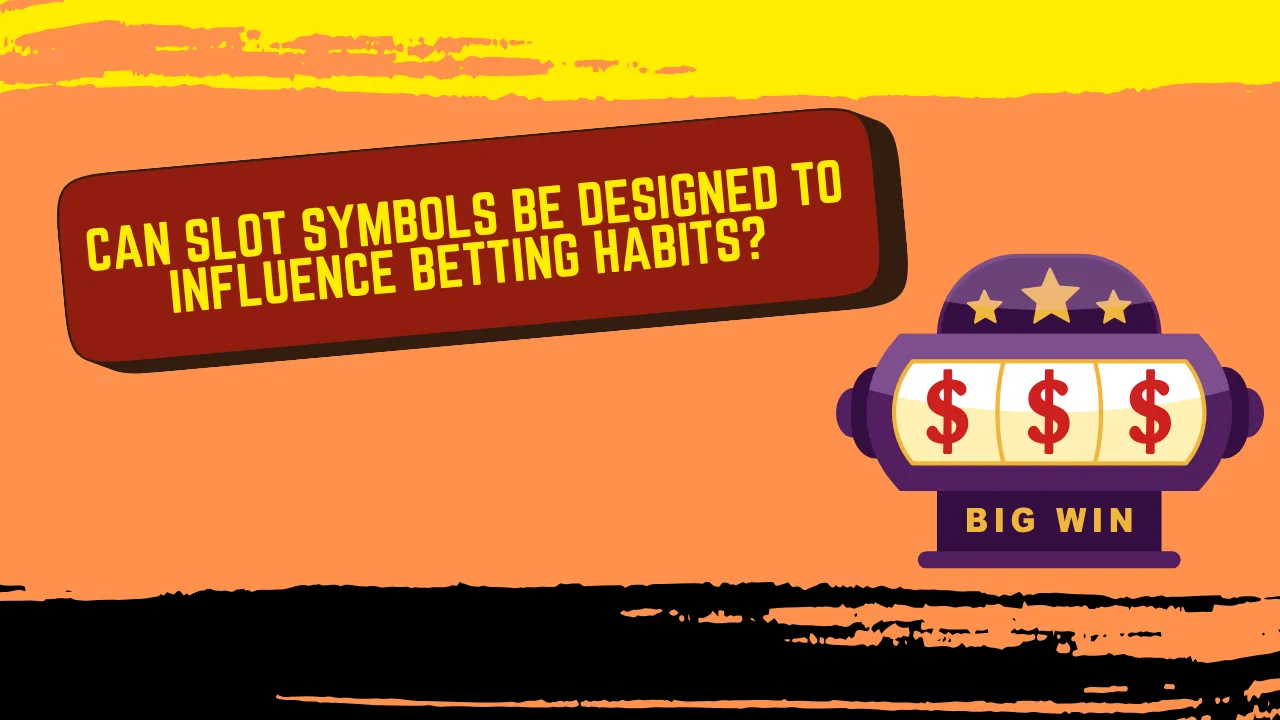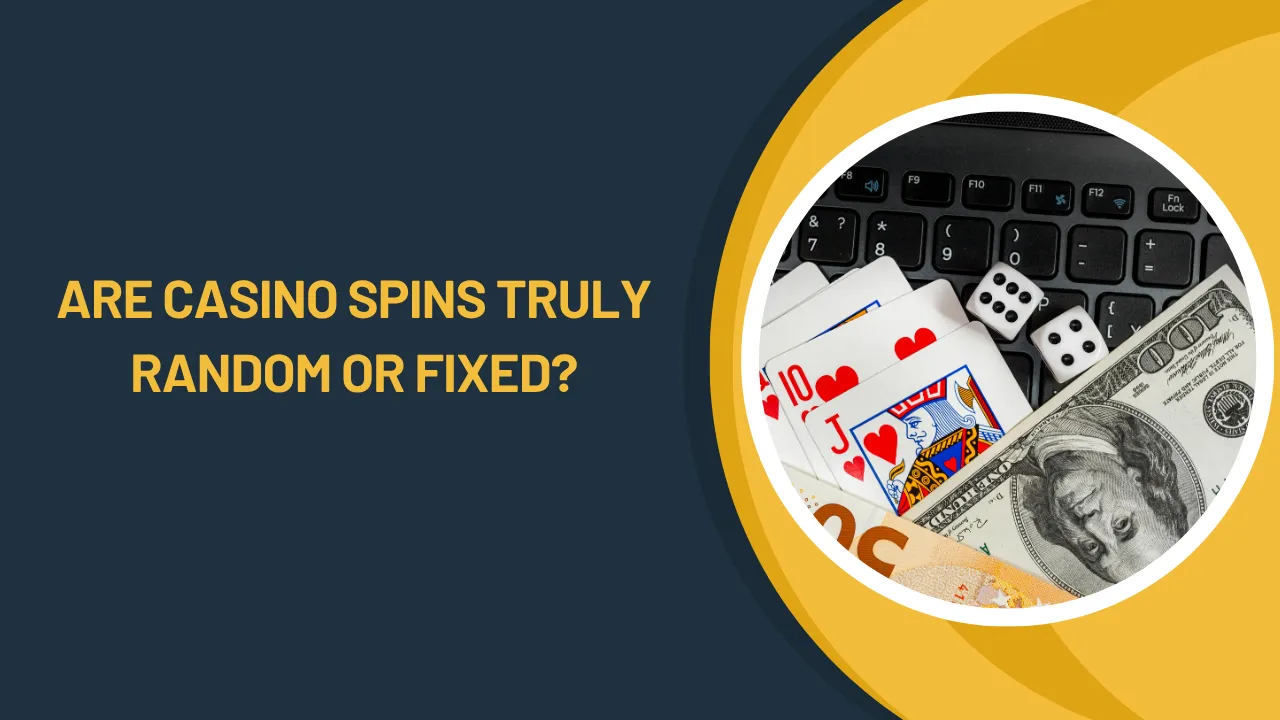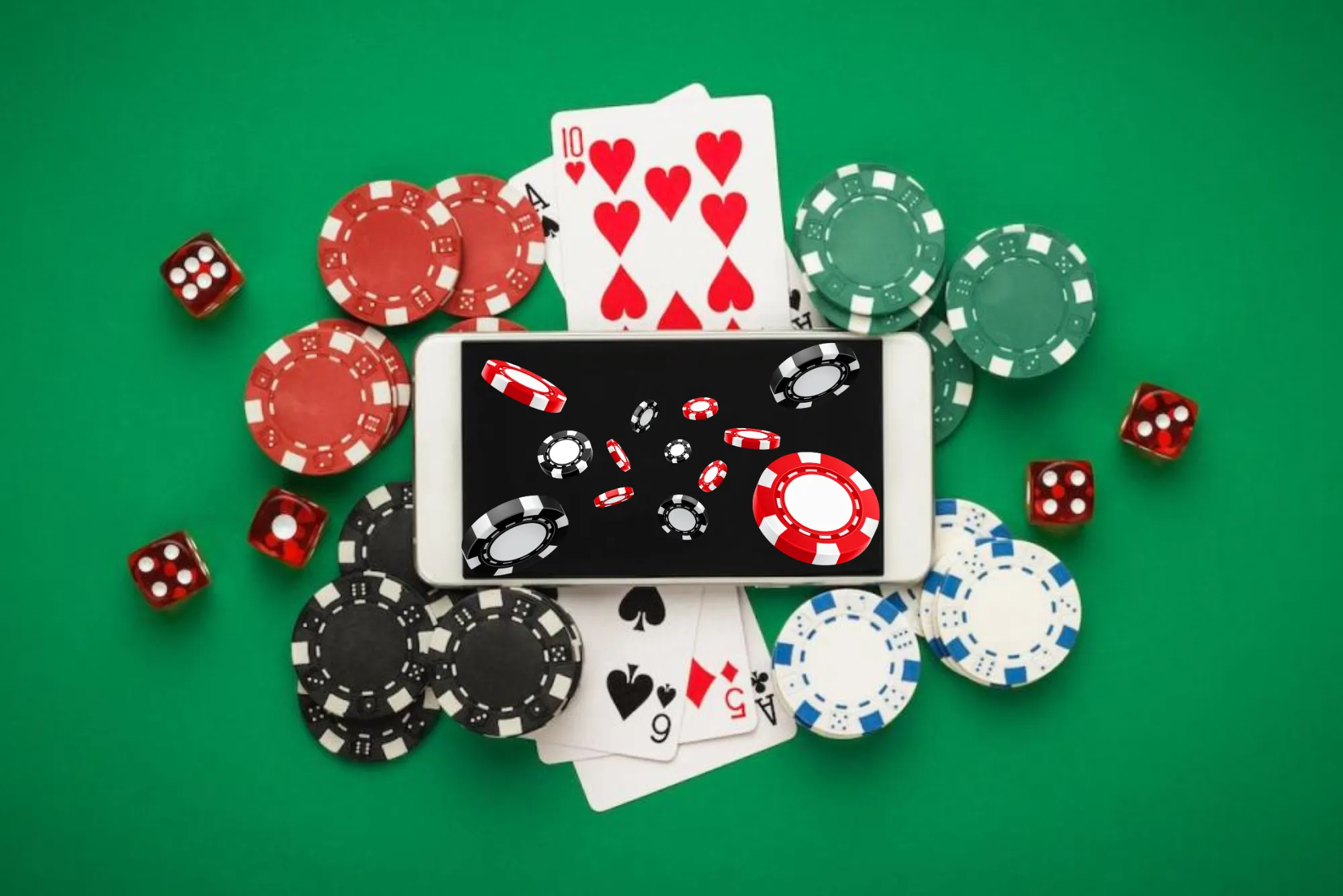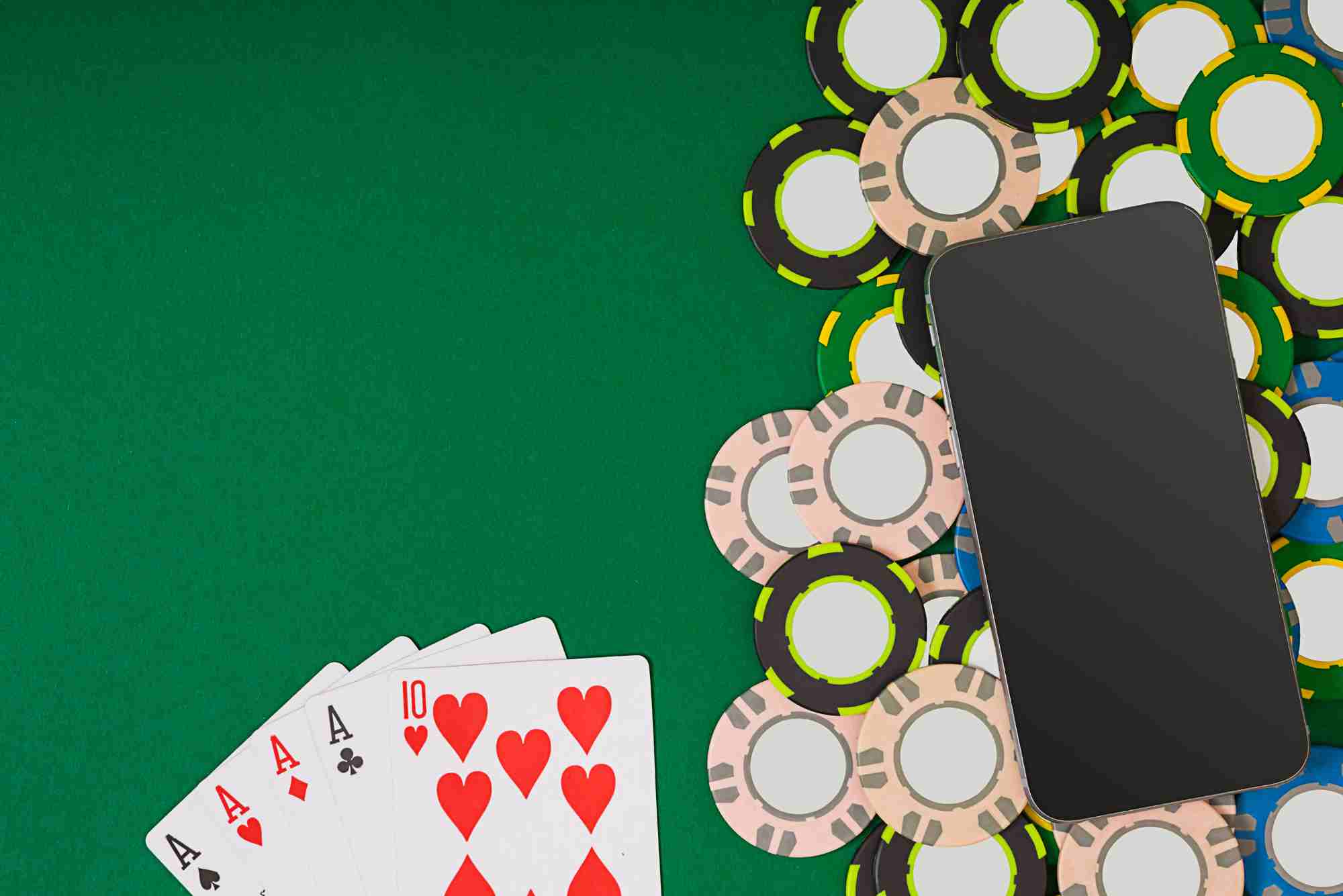Walk into any casino or open an online slot game, and the first thing you’ll notice isn’t the rules or payout table—it’s the symbols. Bright cherries, golden bells, bars, lucky sevens, and intricate bonus icons aren’t just there for decoration. Slot symbols are carefully crafted with one goal in mind: to engage the player and, in many cases, to subtly shape how and when they bet.
From my own exploration of casino psychology and the design of online slots, it’s clear that symbols play a more important role than most people realize. They’re not just placeholders on spinning reels; they’re tools that influence emotions, perceptions of luck, and ultimately, player behavior. But how exactly do these designs impact betting habits, and is it intentional? Let’s break it down.
The Psychology Behind Slot Symbols
Slot designers know that players are motivated by more than just payouts. Symbols tap into deep psychological triggers—color, familiarity, nostalgia, and cultural associations. For example, the color red is often associated with luck and excitement, while gold conveys wealth and status. When these are combined with familiar shapes like fruits or numbers, they evoke trust and comfort, making players feel more at ease with wagering.
Symbols are also tied to intermittent reinforcement, one of the strongest motivators in human psychology. Even when a player doesn’t win big, seeing near-miss patterns—like two jackpot symbols landing side by side—can create the illusion that a big win is “due.” This perception keeps players engaged, encouraging them to keep betting despite losses.
It’s not by accident; design teams deliberately craft these moments to sustain player attention. In the same way loyalty programs or reward points in retail keep customers coming back, slot symbols are optimized to foster repeated play.
Reinforcing Betting Behavior Through Design
Modern slot machines often go far beyond traditional fruit symbols. They now incorporate elaborate animations, themed characters, and interactive bonus icons. This evolution isn’t just about making games look appealing—it’s about reinforcing betting behavior.
Take themed slots, for example. A game based on a popular movie or TV show may feature symbols of beloved characters. Players who are emotionally invested in that franchise are more likely to spend time and money engaging with the game. Bonus rounds triggered by specific symbols also play into this effect, creating anticipation and excitement that encourages larger or more frequent bets.
Designers use these techniques to create an immersive environment where betting feels like part of a broader entertainment experience, not just a financial transaction. When players feel connected to the symbols, they often underestimate how much they’re wagering in the long run.
Connections With Broader Gambling Design
The influence of symbols in slots can also be compared to other gambling formats. Just as poker players are drawn to certain visual cues—like chip stacks, card designs, or digital avatars—slot players are swayed by the imagery presented on reels.
This crossover becomes more obvious when considering the online space. Many poker sites uk and slot platforms share design principles that highlight familiarity, reward anticipation, and engaging visuals. Whether it’s a slot machine’s flashing scatter symbol or a poker site’s sleek card deck, these cues are carefully curated to enhance the betting experience. In both cases, the visuals aren’t passive; they actively shape the way players think, feel, and act while wagering.
The Role of Near-Misses and Symbol Placement
One of the most studied aspects of slot design is the concept of near-misses. When two high-value symbols appear but the third lands just one space above or below, players perceive it as being “close” to a win. In reality, every spin is independent, and the odds haven’t changed. Yet the near-miss effect convinces many players to keep betting.
This is amplified by how symbols are arranged. Some reels are programmed with a higher frequency of low-value icons, making wins more common but less profitable. Others distribute high-value symbols in ways that maximize near-miss outcomes. Together, these subtle adjustments influence how long players stay engaged and how much they’re willing to risk.
Cultural Symbolism and Global Audiences
Symbols also vary by market, reflecting cultural beliefs and values. In Asia, for instance, dragons, koi fish, and lucky numbers like 8 are common, as they represent prosperity and good fortune. In Western markets, players often see classic fruit machines, diamonds, or mythological references like Zeus or Thor.
By tailoring symbols to cultural expectations, developers create a stronger emotional pull, encouraging players to place bets that feel personally meaningful. This global adaptation shows just how much thought goes into symbol design—not only in terms of aesthetics but also psychology and culture.
Can Symbols Encourage Responsible or Irresponsible Play?
There’s an ongoing debate about whether slot symbol design crosses into manipulation. On one hand, symbols are a vital part of making games engaging and enjoyable. On the other, critics argue that near-misses, bright colors, and celebratory animations can mislead players into betting more than intended.
In response, regulators in many regions now monitor how symbols and features are implemented. For instance, rules may restrict how near-misses can be displayed or how often bonus triggers appear. Some developers are also experimenting with responsible gaming tools, such as reminders of time spent playing or customizable betting limits, to ensure the excitement of symbols doesn’t override player well-being.
What the Future Holds for Symbol Design
Looking ahead, slot symbols are likely to become even more immersive with the rise of augmented reality (AR) and virtual reality (VR) gaming. Imagine walking into a VR casino where symbols float around you, reacting dynamically to your interactions. These experiences could intensify emotional connections, further shaping betting habits.
At the same time, the industry is under increasing scrutiny. As governments and regulators push for more transparency and safeguards, developers will need to strike a balance between engaging design and ethical responsibility. Symbols will still play a central role, but their use may shift toward enhancing entertainment rather than solely driving wagers.
Conclusion
Slot symbols are more than colorful graphics. They’re carefully engineered psychological tools designed to shape player perception, engagement, and betting behavior. From near-miss effects to cultural tailoring, every aspect of symbol design influences how people interact with the game.
For players, understanding this dynamic is empowering. Recognizing that those cherries, bars, or golden bells are not random decorations but part of a larger design strategy can help manage expectations and maintain control while playing. For the industry, the challenge will always be to harness the power of symbols in ways that entertain without crossing into exploitation.
The next time you sit at a slot machine or open an online game, take a closer look at the symbols. They might be telling you more about your betting habits than you think.








